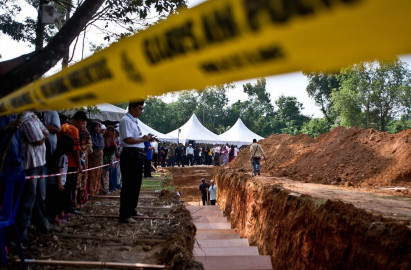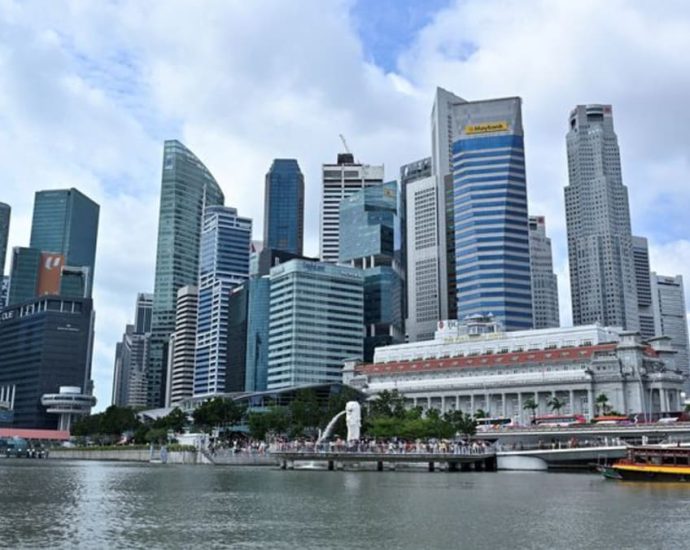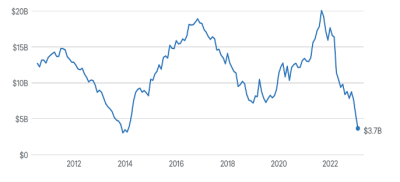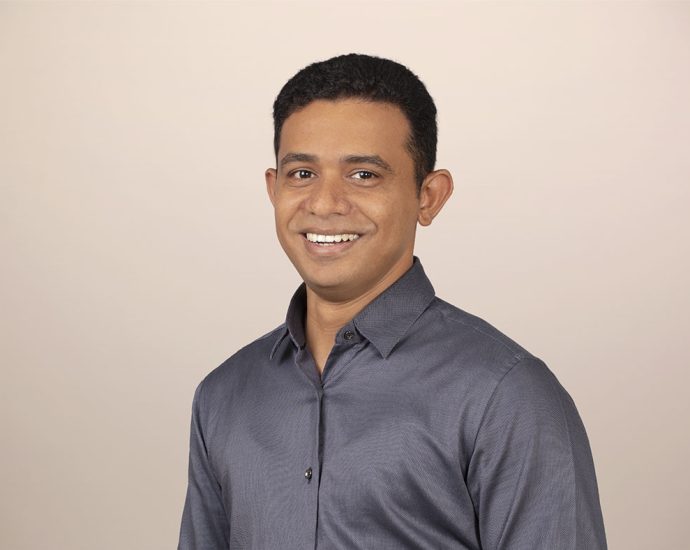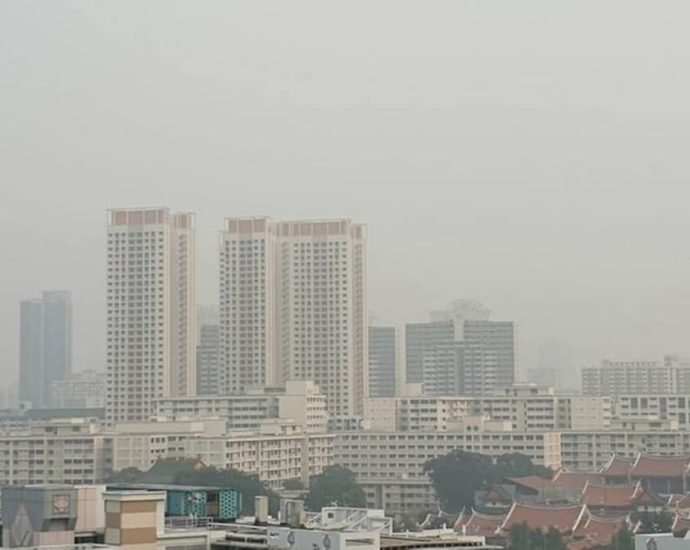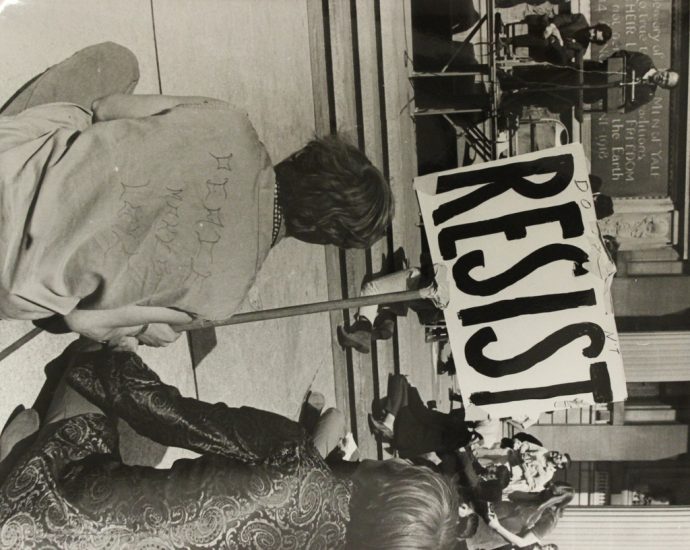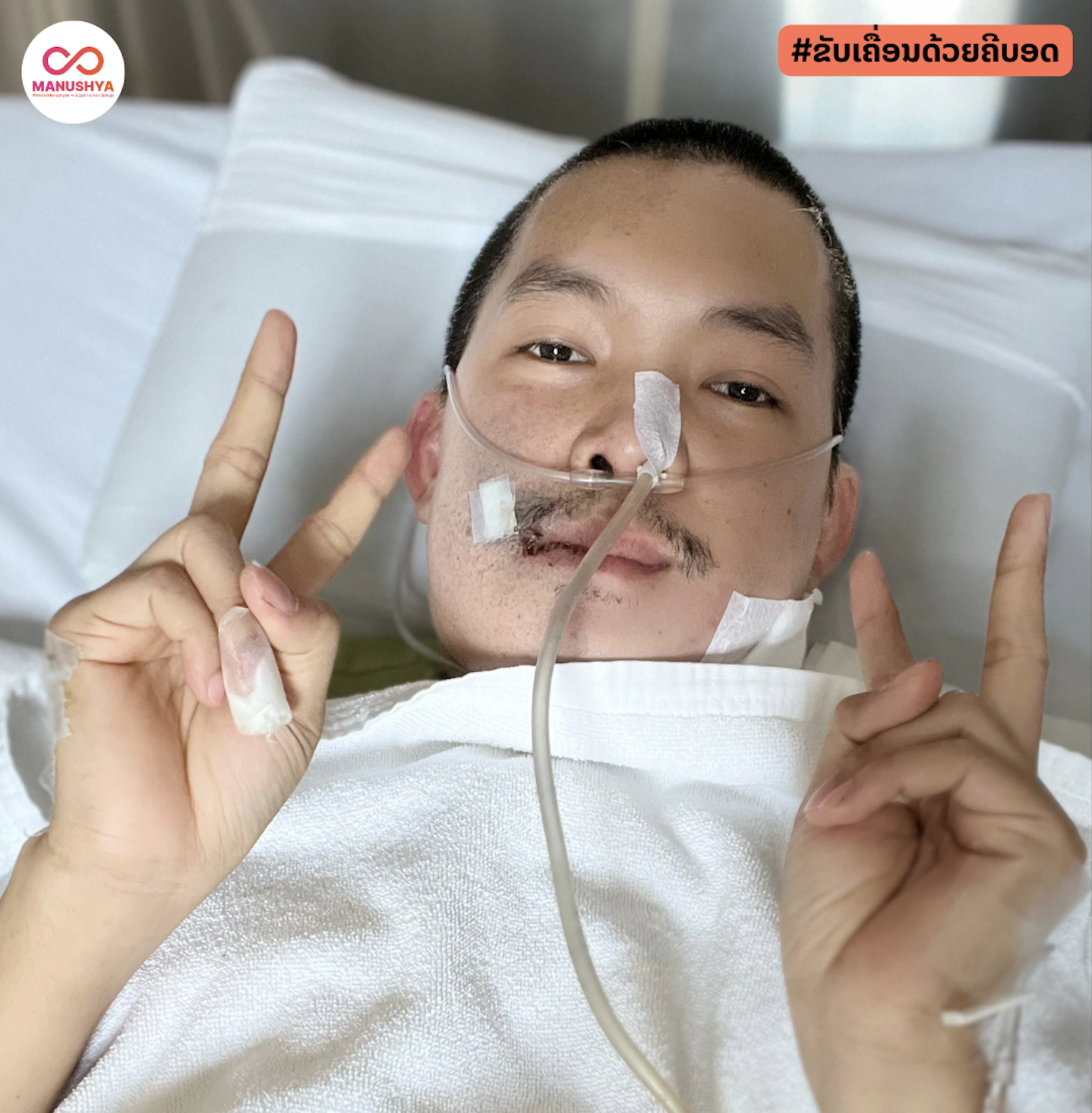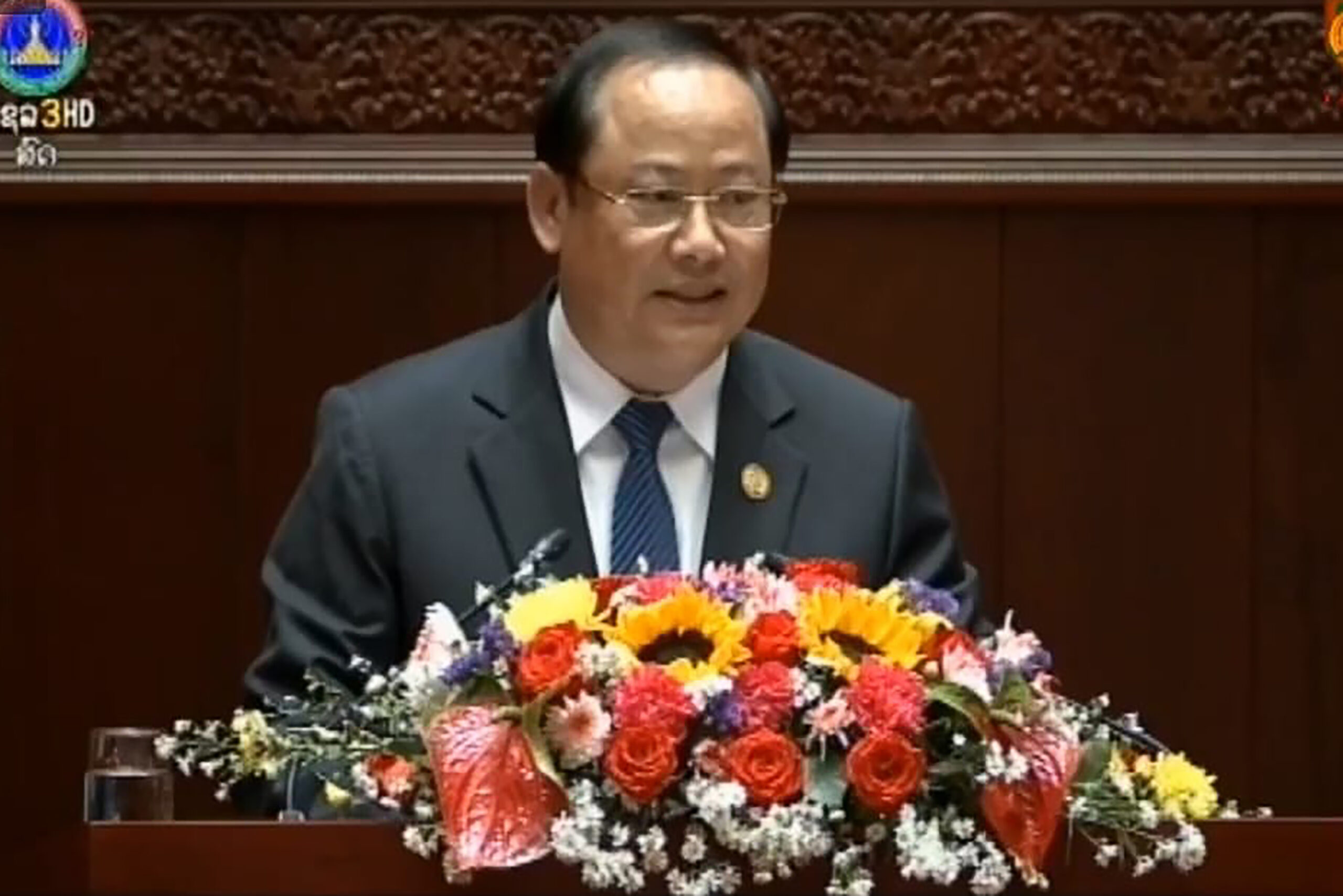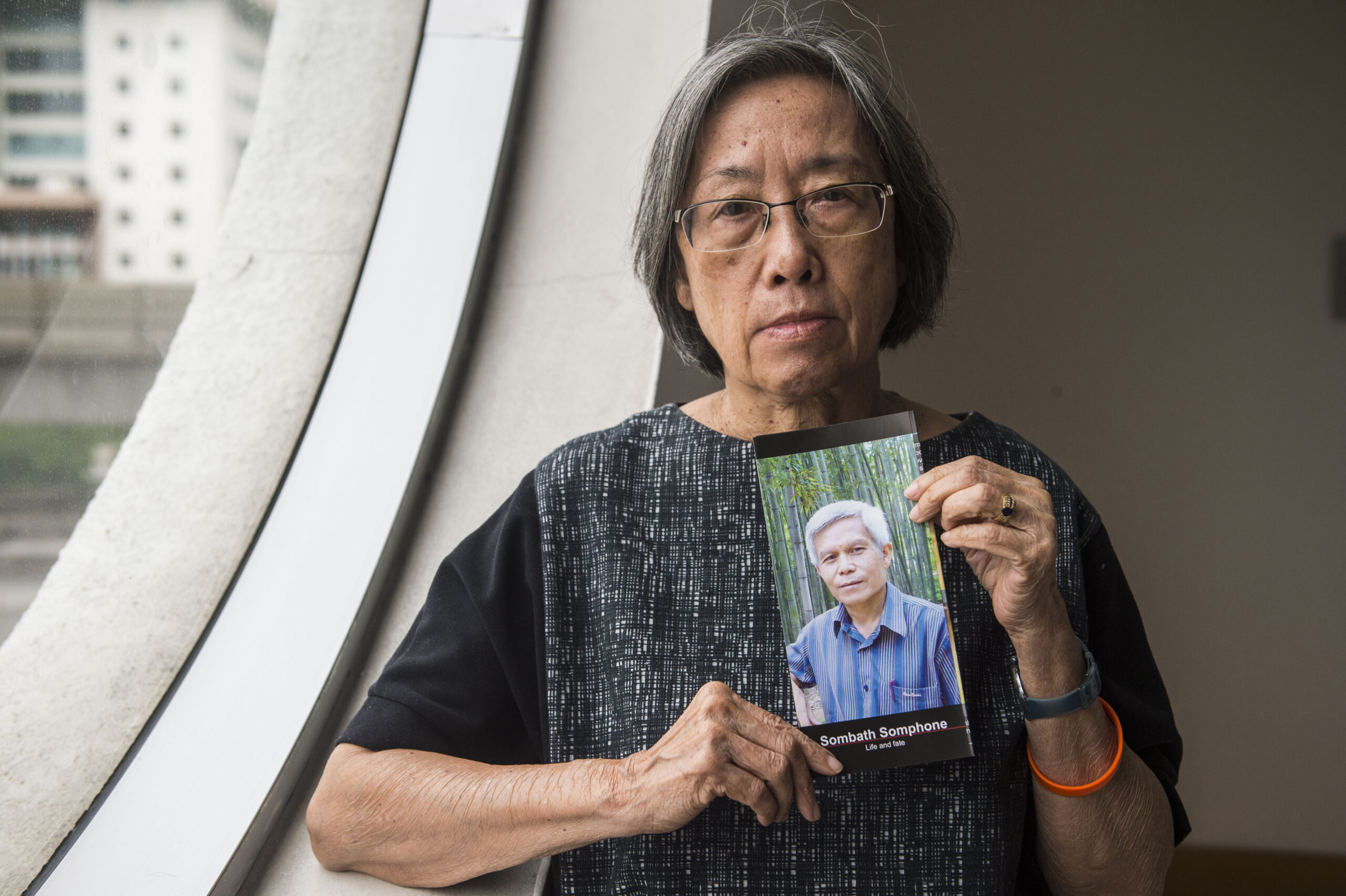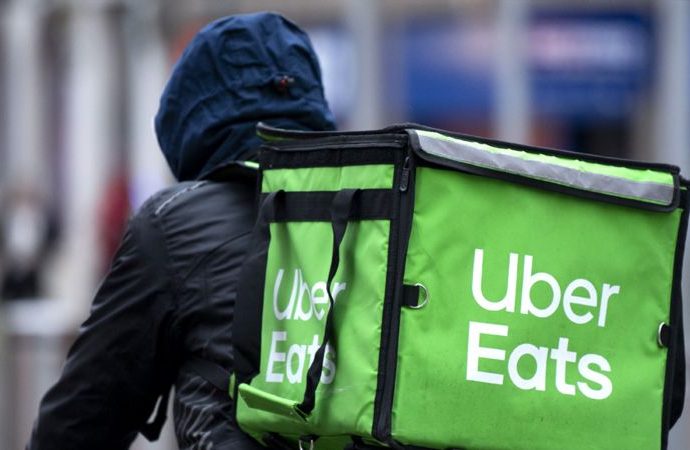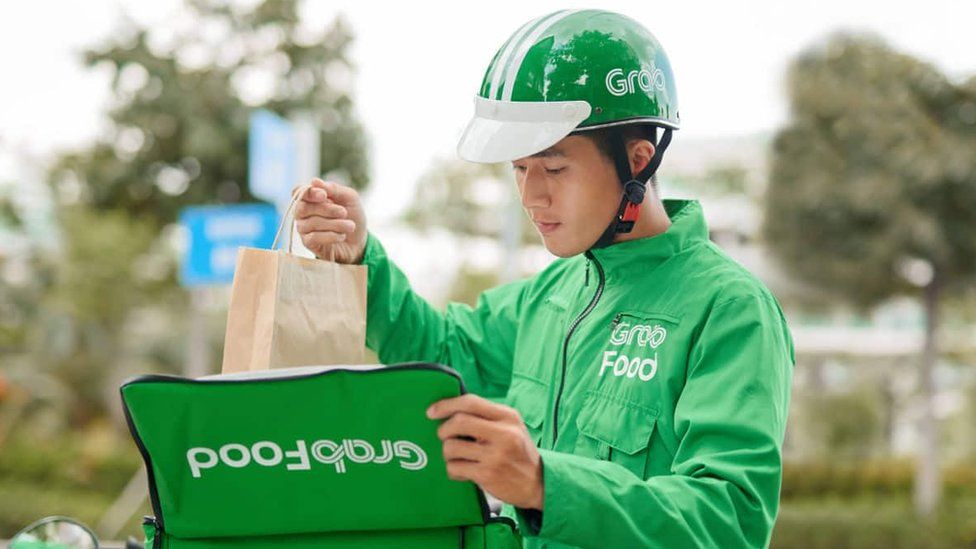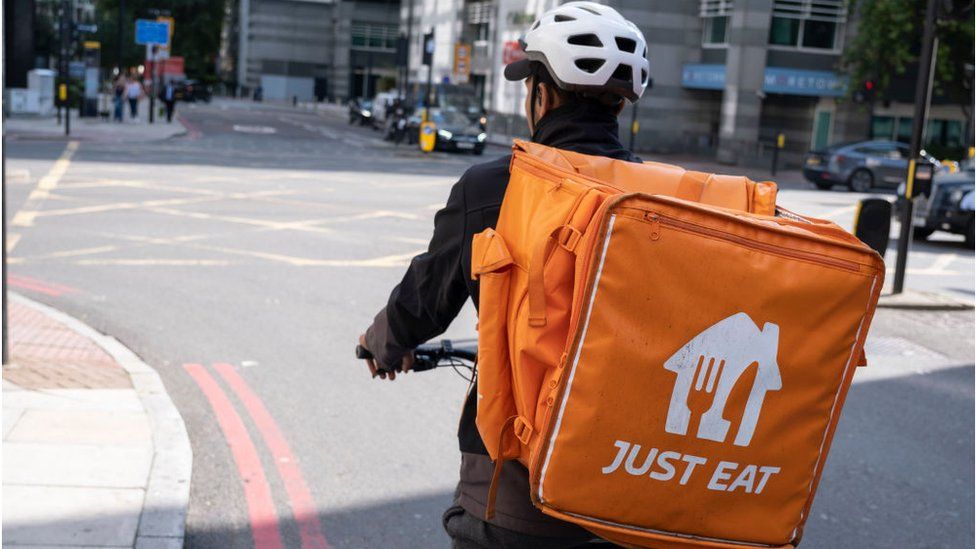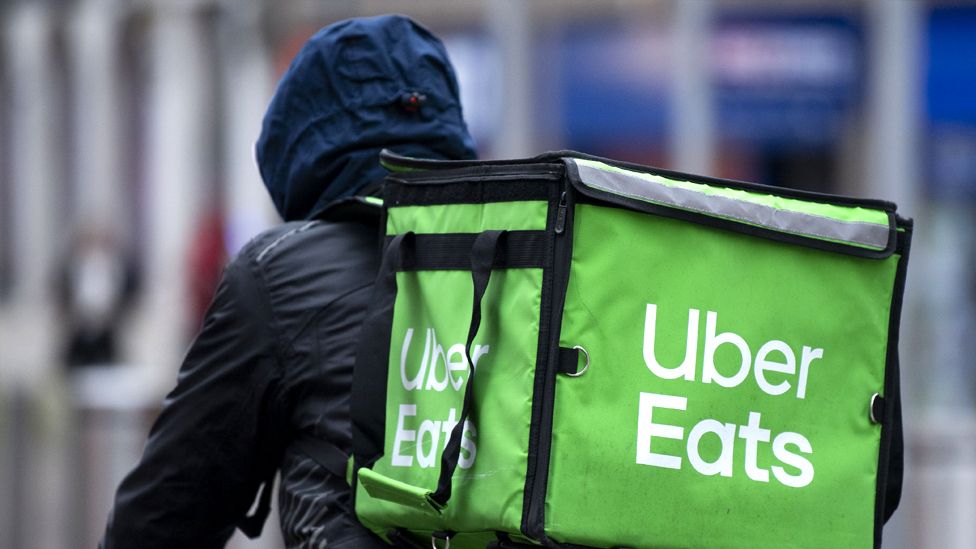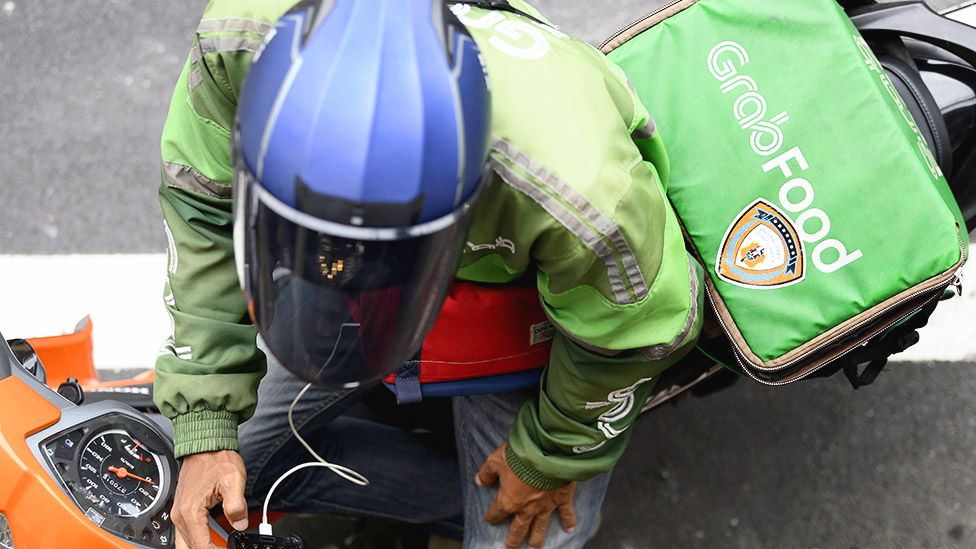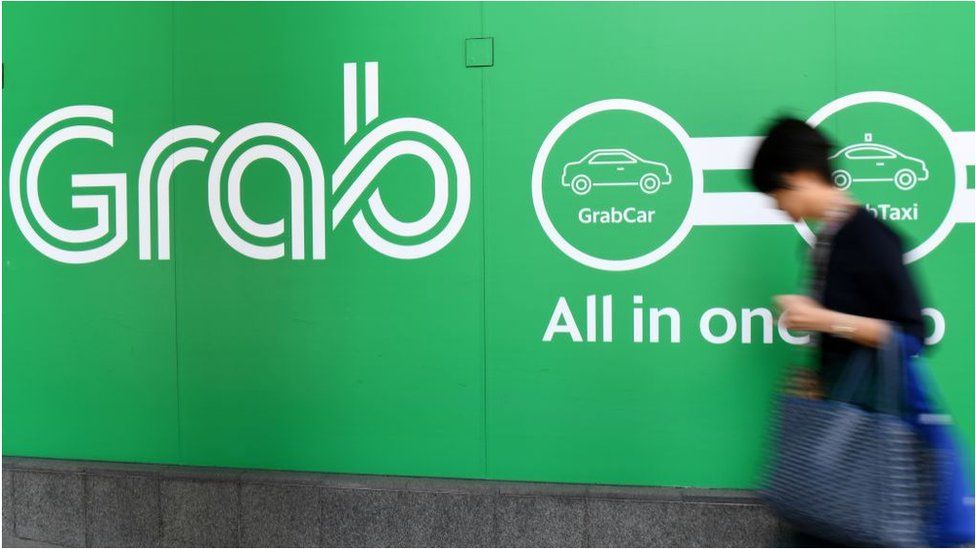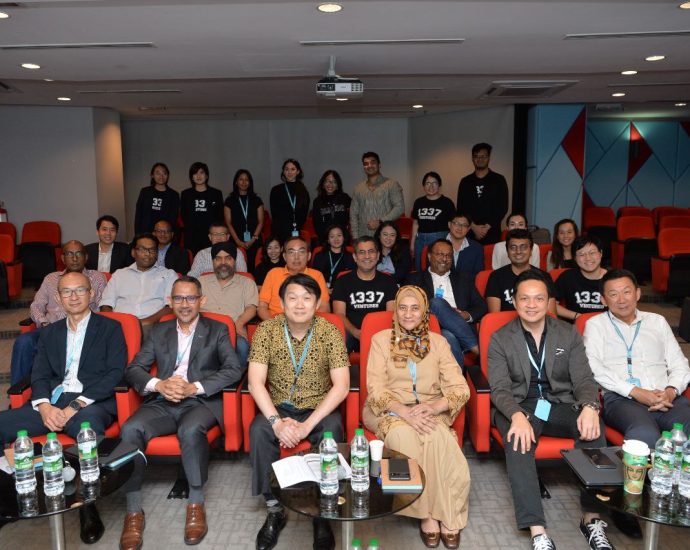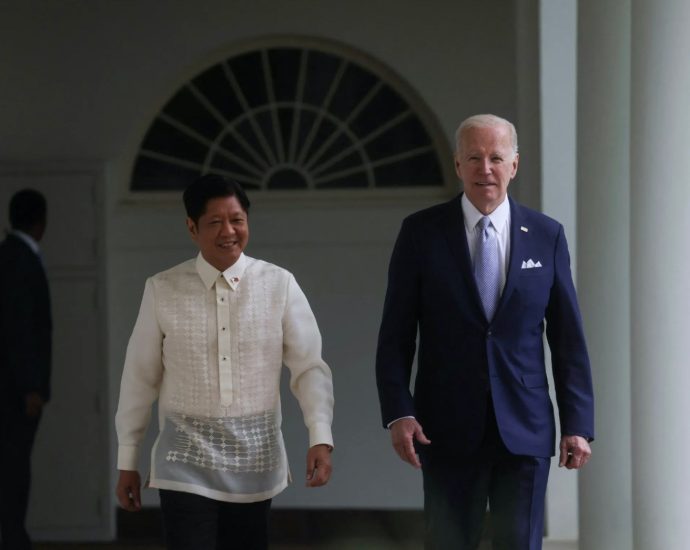Malaysia to charge Thais over mass graves
Hearing set for Friday for foursome linked to 2015 discoveries of human trafficking camps

KUALA LUMPUR: Four Thai nationals will face charges in a Malaysian court on Friday over the 2015 discovery of mass graves and suspected human trafficking camps at the border with Thailand, Malaysia’s home affairs minister said.
The dense forests of southern Thailand and northern Malaysia have been a major stopping-off point for smugglers bringing people to Southeast Asia by boat — most of them Rohingya Muslims fleeing persecution in Myanmar and squalid refugee camps in Bangladesh.
The discovery of camps and graves on the Thai side of the border in 2015 led authorities in Thailand to crack down on people smugglers, but prompted traffickers to abandon at sea thousands of migrants making their way to the border area in overcrowded boats.
The Criminal Court in Thailand convicted 62 people, including an army general, police officers and provincial officials, in 2017 at the end of Thailand’s biggest ever human-trafficking trial.
Four people wanted in connection with the two countries’ investigation into the camps discovered in 2015 were extradited from Thailand this week, and were expected to be charged on Friday at a sessions court in Perlis state, Home Affairs Minister Saifuddin Nasution Ismail said on Thursday.
Saifuddin did not say what charges the four would face but stressed that Malaysia was “committed to maintaining border security and viewed issues of cross-border crime seriously, particularly human trafficking and migrant smuggling”.
The four people were among 10 Thai nationals that Malaysia had sought for extradition since 2017 as part of its investigation into the border camps, Saifuddin said.
Malaysia in 2019 launched a public inquiry into whether authorities mishandled an investigation into the 139 graves and more than 12 campsites suspected to have been run by people-smuggling groups.
The inquiry found weaknesses on the part of border patrols but concluded that no Malaysian enforcement officials, public servants or locals were involved in trafficking or migrant smuggling syndicates, according to a report published on the website of the home affairs ministry.

A policeman and a rescue worker take pictures of bodies retrieved from a mass grave at an abandoned camp in a jungle 300 metres from the border with Malaysia, in Songkhla province on May 2, 2015. (Reuters File Photo)

